Over Spring Break we worked hard to cut back Himalayan blackberry along the streamside and and dig out the tenacious knuckles left behind. While a small excavator can be helpful with this work, we used loppers and shovels so as not to disturb the native thimbleberry plants interspersed with the Himalayan blackberry. There is also a lovely carpet of native trailing blackberry in this area that we tried to gently move aside during this work. A huge thanks to NALT volunteers who helped with this physically demanding task. Also, Bruce dug Daphne while the kids bagged ivy.
0 Comments
After a 2 year hiatus due to Covid restrictions, we again organized a work party in the park adjacent to École Hammond Bay. This event started in 2017 and makes a tremendous positive impact on the biodiversity and ecological integrity of the park. It gives graduating elementary school students an opportunity to give back to an area they enjoyed playing and learning in.
On June 21, 2022 a hard working group of grade 7 students and their families removed invasive plants in Morningside Park. This year we were also joined by the school principal and other community volunteers. We reflected on our commitment to understanding how human activities have impacted the stream ecosystem in the same way that settler activities have impacted indigenous communities. Spending time tending and appreciating this place is an act of reconciliation as much as environmental healing. We targeted blackberry bushes that are crowding out native plants in the riparian area, and Bur chervil that's growing along the gravel path to the tennis courts. We also continue to carefully pull ivy and bag it for safe disposal. We watch the maples grow taller and provide shade for native plants like Salal, Orgeon grape and ferns. We continue to reflect on how we can educate the children who enjoy this space about how to prevent erosion, and avoid disturbing the animals that live in and around the creek. Again this year we deferred our annual invasive removal with Ecole Hammond Bay students, since the public health regulations aren't changing to allow large outdoor gatherings until after June 15. For now, we're working with our small group of volunteers to remove invasive plants in the riparian area between the gravel path and Walley Creek adjacent to Ecole Hammond Bay. Last year we almost eradicated the thistle that had completely overtaken the area. That allowed other invasive plants to thrive, so this year we are tackling Himalayan blackberry, Daphne (Spurge-laurel), English Ivy, and Bur Chervil. (To identify invasive plants in your area check out the Invasive Species Council of BC website.). These plants are competing with native baby Fir, Cedar, Arbutus and Maple trees, and Salal, Oregon grape and Ocean Spray shrubs for space, light and nutrients. Our hope is that this concerted effort will eventually allow the native plants to become established, creating a more biodiverse and healthy riparian ecosystem.
Our annual invasive removal in Morningside Park looked a little different this year. With schools closed and everyone practicing physical distancing, we relied on a small group of friends and family to tackle invasives in Morningside Park. Thistle, Daphne, and Ivy out-compete native plants like Oregon grape, ocean spray, and tiny fir and Cedar for sunlight and nutrients. By removing as many invasives as possible, we hope to encourage the diverse native plants to thrive. Illegal dumping of yard waste continues to be a problem in Morningside Park. Year after year we discover leaves, grass clipping, and even Christmas trees dumped over people's fences into the sensitive riparian area. Years ago someone broke up an old patio and threw the concrete chunks and fence post footings "away". "Out of sight, out of mind" behaviour degrades the slope stability, causes erosion, smothers native plants that are stabilizing the bank and providing shade, and can crush/impede wildlife. Through talking to residents who back onto the creek, we know that most neighbors understand the importance of properly disposing of yard waste. However, a part of restoration still includes removing materials that have been illegally dumped. We're hoping our continued work and outreach eradicates this problem!
This was the third year grade 7 students from École Hammond Bay participated in a work party to give something back to this community park that has been a place to explore and appreciate nature during their time in elementary school. Parents conceived this project as a way for students to be meaningfully involved in fundraising for Grade 7 year-end activities. Each year students gather pledges for a couple of hours of work with the Walley Creek Streamkeepers, DFO and City of Nanaimo staff. Extra funds are donated back to the Streamkeepers, who use the funds to help with our outreach and education activities. Every year the young people have a chance to learn about the importance of native plants and trees to stabilize the stream banks and provide shade and habitat for fish, amphibians, invertebrates, and mammals that live along Walley Creek. Then they participate in removing invasive species like Daphne, Himalayan blackberry, and ivy so that native plants and trees can flourish. Their hard work and enthusiasm help us accomplish so much in this beautiful little City Park!
|
Categories
All
Archives
March 2024
|
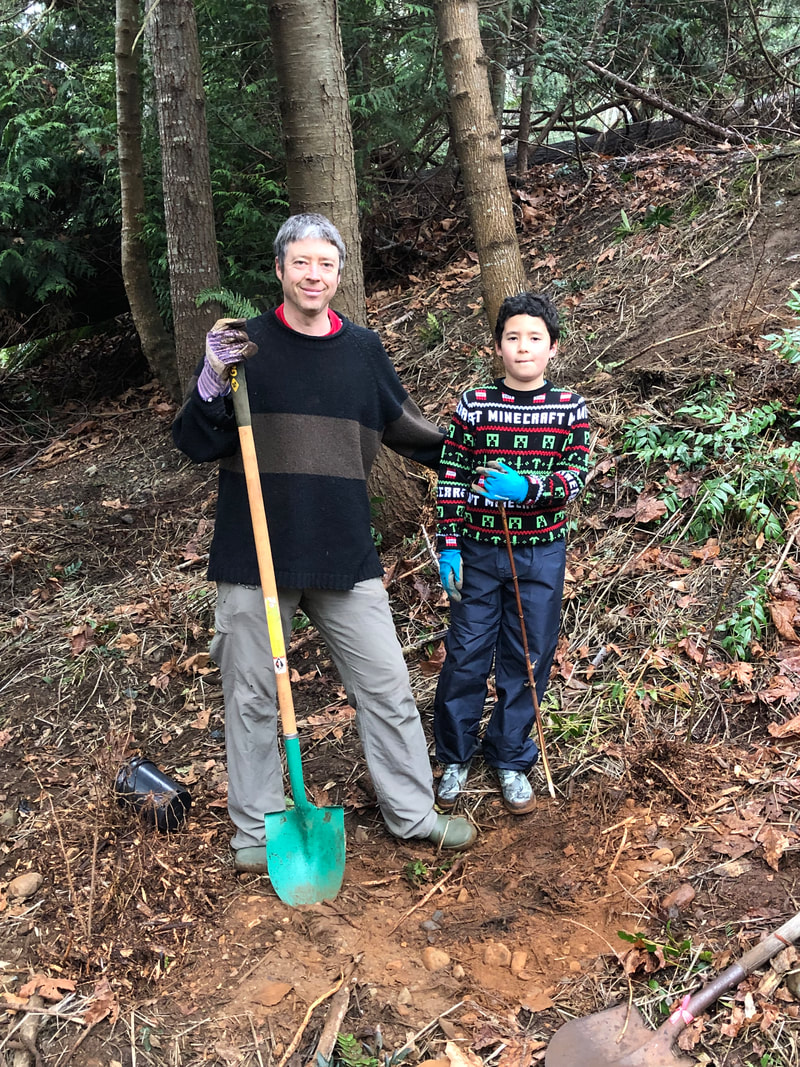
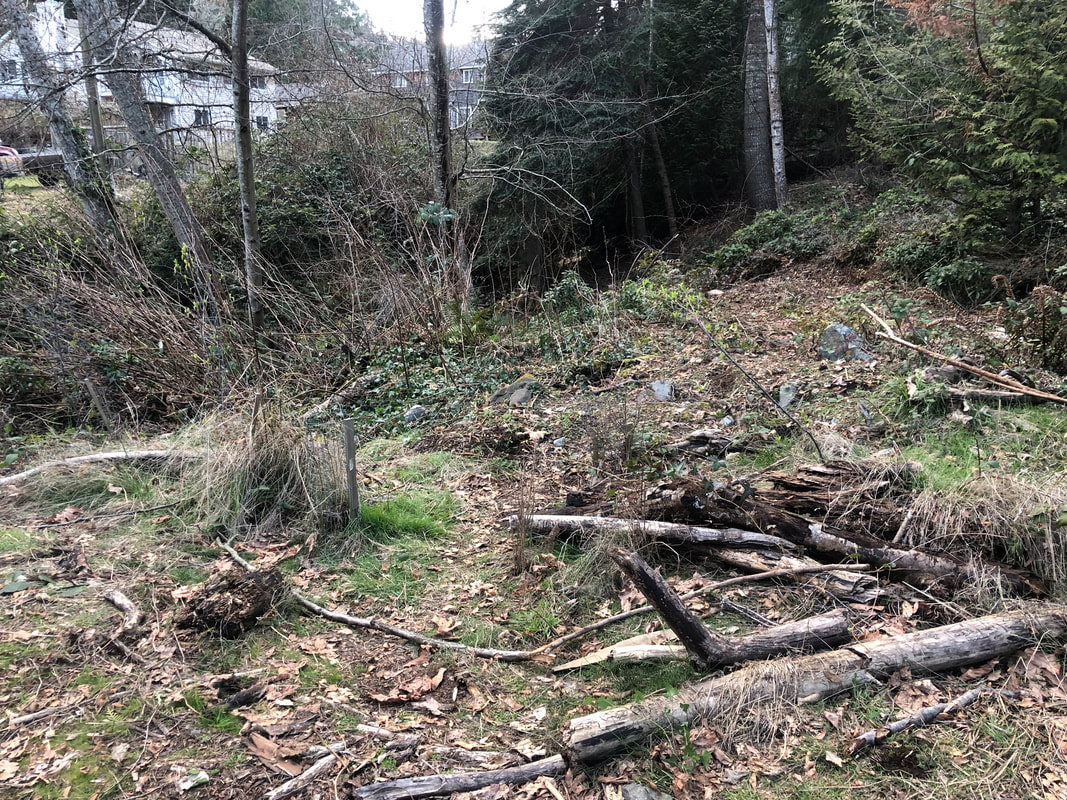





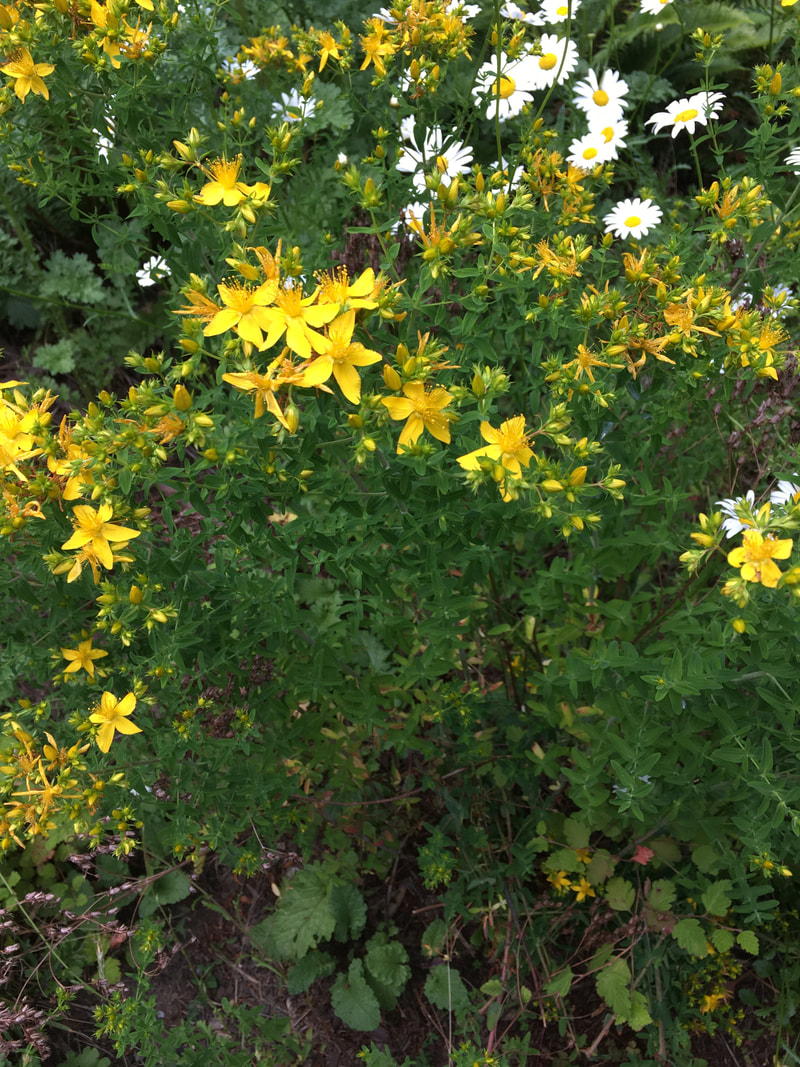
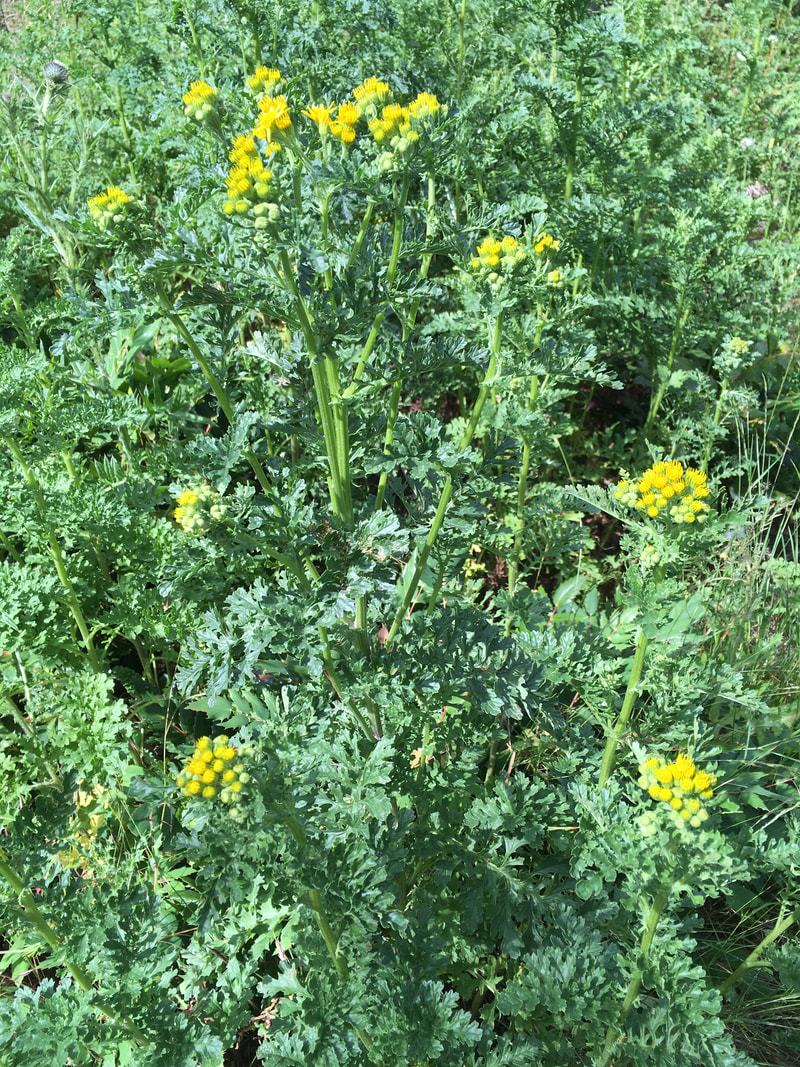


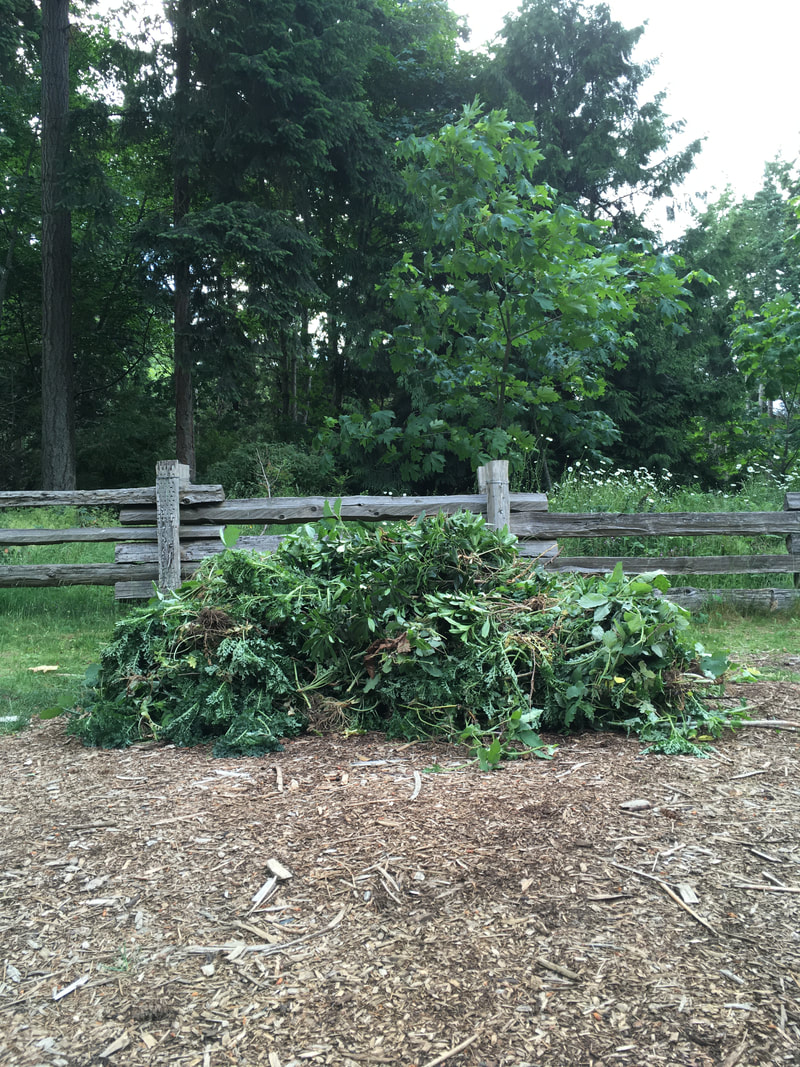


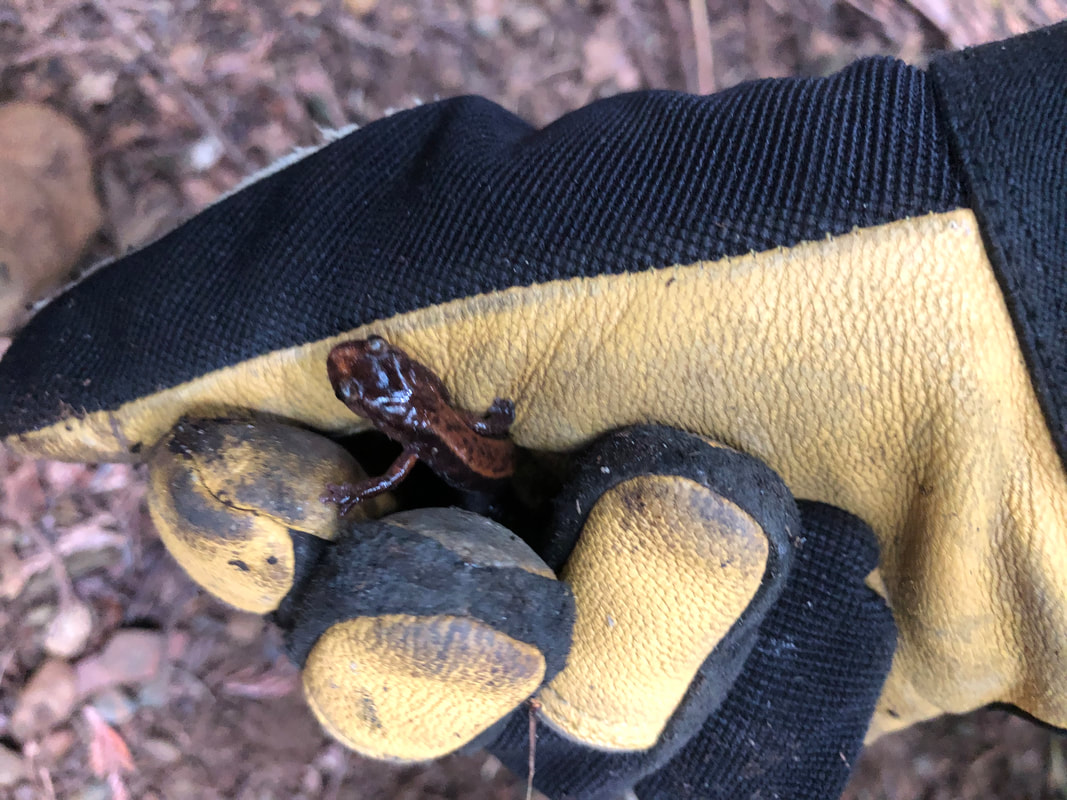


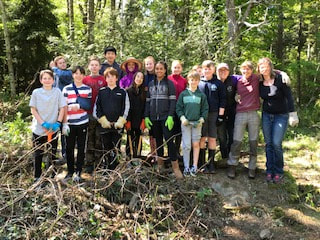

 RSS Feed
RSS Feed
